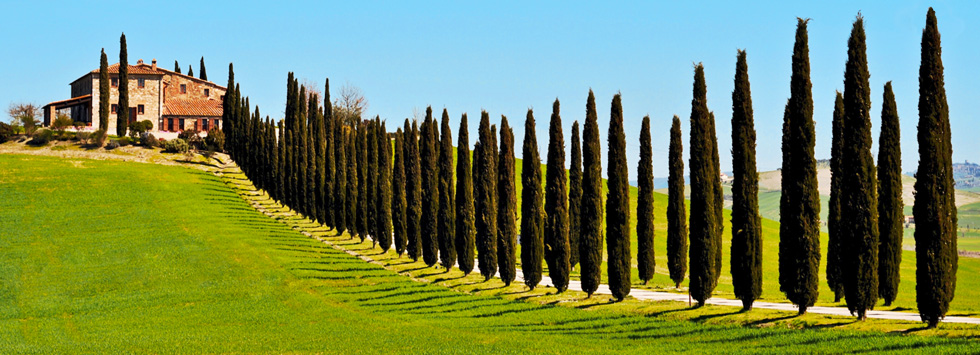The noble families in Tuscany
How and when the nobility was established in Tuscany? What were the most important noble families? What was the link between nobles, land and villas? In this article we want to answer to these questions.
Each state has its own history and its social classes cannot be explained unambiguously. In the Dark Ages the noble was the one who was close to the king and who could perform some of its functions, in German ' adelig ' . Among the Lombards, those who could exercise sovereignty over a territory were the Dukes, while among the Franks they were the counts, the marquis and the Missi Legates Dominici. Although initially these powers were temporary, as the years passed, they became hereditary powers. Then rules started to choose families who for generations had the right to govern a particular feud. Among the famous names, we mention the Conti Alberti from Prato , the Aldobrandeschi, the Gherardesca in Volterra, the Marquis Malaspina in Lunigiana , the Cadolingi in Pistoia , the Counts of Elci , the Scialenga and the Berardenga in Siena and also the Amidei, the Buondelmonte, the Uberti, the Cavalcanti, the Pazzi in Valdarno, the Ricasoli in Chianti, the Ubaldini in Mugello, the Tolomei and the Salimbeni in Siena.
From the twelfth century onwards, there is an additional way to become noble : the ordination of chivalry. At the end of the thirteenth century there is a growing number of merchants, bankers, doctors and artisans who arrived in town. They begin to govern and to have important positions. Bourgeoisie started and, even if in principle it opposed to the nobles, over time they started to put their coats of arms and banners in the records of the priors. Therefore they rises to the rank of nobility for economic merits. Among them, Capponi, Rucellai, Strozzi, Corsini, Aldobrandini, Frescobaldi, Guicciardini, Salviati, Ginori, Torrigiani, Bardi, Acciaioli, Machiavelli, Cerretani, Portinari, Tornabuoni, Vespucci and of course the Medici.
Florence began to conquer neighboring territories and families closer to the Medici increased their power: among them, the Ginori, the Pucci and the Niccolini. In the still independent cities of Lucca and Siena there were families whose names are still known today: in Lucca, for example, the Guinigi, the Burlamacchi, the Cenami and the Mansi while in Siena the Salimbeni, the Bichi, the Saracens, the Piccolomini and the Chigi. With the conquest of Siena by the Medici, Tuscany established a court of nobles loyal to the Medici family with both Tuscan and foreign components. Among them the Claini, the Grifoni, the Ramirez Montalvo, the Suares de la Concha, the Ximenes d'Aragona, the Viviani della Robbia, the Inghirami Guidi from Volterra, the Riccardi and Ferroni. Finally it should be remembered that the last Grand Duke of Tuscany, Leopold II, granted the title of Prince to the Demidoff and Poniatowsky families and the title of duke to the Marquis of Rassina Nerli. These titles were not confirmed because the life of the Grand Duchy of Tuscany was now over.
|
A selection of our most requested villas in the area:
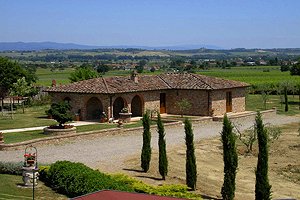 Villa with pool near Montepulciano (Siena), in Valdichiana. Sleeps 5, garden, air conditioning, hydromassage, Internet connection, outdoor toys for children. Spas, golf club, tennis club and riding stable within a few kilometres.
More details
Villa with pool near Montepulciano (Siena), in Valdichiana. Sleeps 5, garden, air conditioning, hydromassage, Internet connection, outdoor toys for children. Spas, golf club, tennis club and riding stable within a few kilometres.
More details
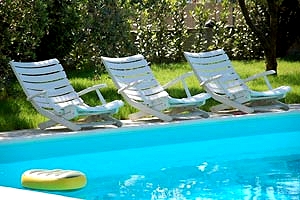 Holiday villa a few kilometres from the beaches of Versilia and from Lucca. Sleeps 12/13, swimming pool, garden, hydromassage. Riding stables and tennis courts nearby.
More details
Holiday villa a few kilometres from the beaches of Versilia and from Lucca. Sleeps 12/13, swimming pool, garden, hydromassage. Riding stables and tennis courts nearby.
More details
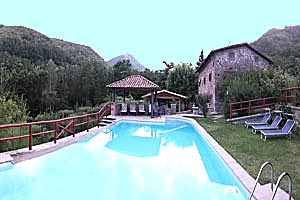 Villa farmhouse for rental vacation in Garfagnana, Tuscany. Farmhouse with accommodation for 8 people, garden, swimming pool, Internet connection.
More details
Villa farmhouse for rental vacation in Garfagnana, Tuscany. Farmhouse with accommodation for 8 people, garden, swimming pool, Internet connection.
More details
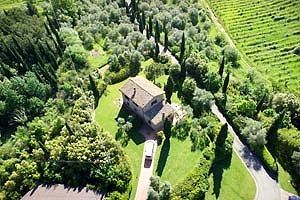 Luxury villa sleeping 8 a few kilometres from Gambassi Terme, in the heart of Florence countryside. Garden, swimming pool, hydromassage, Internet connection. Tennis court, riding stable and golf club nearby. Possibility of organising horseback and mountain-bike rides in the neighbourhood.
More details
Luxury villa sleeping 8 a few kilometres from Gambassi Terme, in the heart of Florence countryside. Garden, swimming pool, hydromassage, Internet connection. Tennis court, riding stable and golf club nearby. Possibility of organising horseback and mountain-bike rides in the neighbourhood.
More details
|
|
|
